IF WALLS COULD TALK, Week of December 14, 2017
 by Katie Ouilette
by Katie Ouilette
WALLS, I am thrilled that you talked to our faithful readers for December 7. Our apologies must be extended to faithful readers who sought us for a couple weeks, because we lost our power. Frankly. we surely know what our neighboring states have gone through. True, we didn’t have a hurricane, as they did, but we sure had wind! Well, faithful readers, WALLS will now catch you up on news that hasn’t been written yet.
Son Dean and his wife Donna will arrive just on December 14 and will leave to enjoy Christmas with most of our family in Washington state. On December 6, Danny drove to get his son, Landon, who celebrates his 20th birthday this month. Yes, WALLS, he now attends Culinary Arts College, after the horrible battle with Wilm’s Cancer at St. Judes Children’s Research Hospital in Memphis, Tennessee. No question that St. Jude’s was the place for Landon to be, as he even had schooling there, so that he would not lose all those seven years in the hospital.
Oh, back to Dean and Donna. Dean’s birthday is December 19, and we hope to celebrate it with him before he has to leave on December 17. Actually, Dean and Donna have done so much for the folks that their Bellingham, Washington, church has adopted, and they go to Haiti about three times a year. We hope to have a bit of a gathering for Dean’s birthday with our Channel-ll TV Manager John Harlow and host Chris Perkins, so that folks will hear about their work there, though we are well-aware that you faithful readers may not receive that BeeLine Channel. However, we spent a wonderful time with residents of the Redington Home, in Skowhegan, on December 4, when Barbie Demo joined us for Christmas Carols. Just imagine it, she and three friends left for the Holy Land on December 5!
Oh, yes, like you, faithful readers, we will be celebrating Christmas with good friends, when Van, Jen, Chris and Clare, owners of Alton Whittemore Real Estate, entertain us at Whit’s End Restaurant. Yup, faithful readers, for sure Christmas looks like a merry one, already!


 by
by 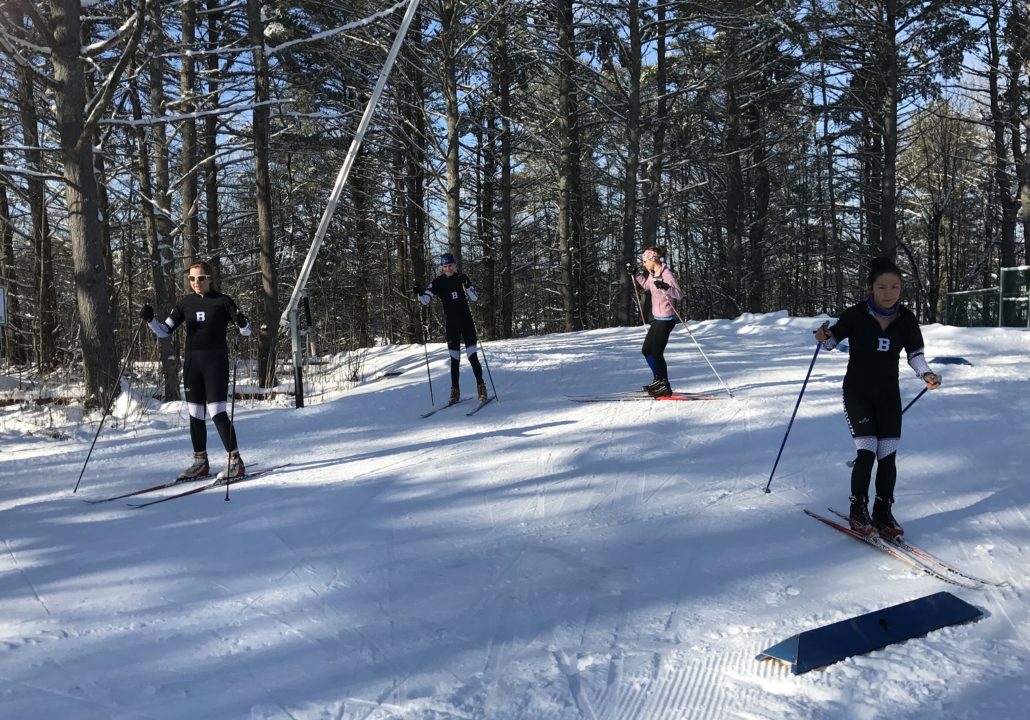
 INside the OUTside
INside the OUTside TRAINING YOUR PERFORMANCE DOG
TRAINING YOUR PERFORMANCE DOG
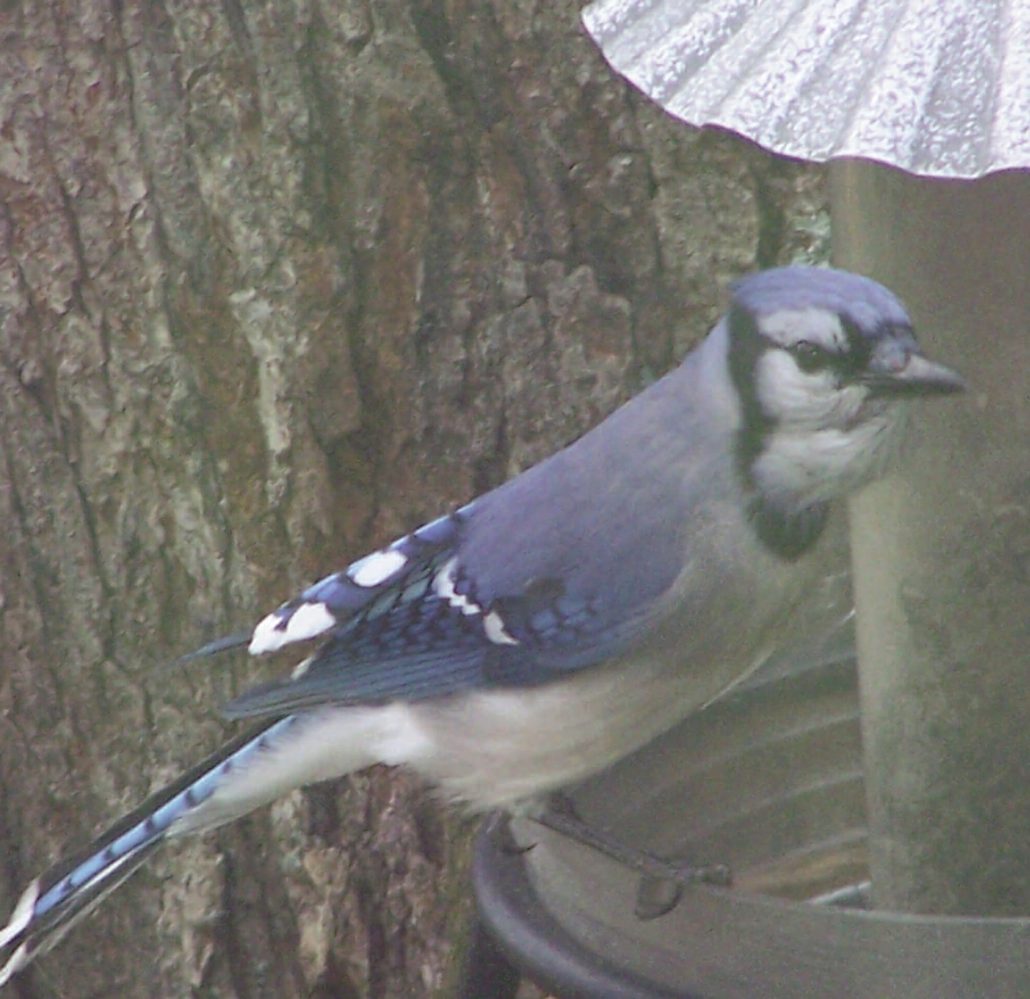
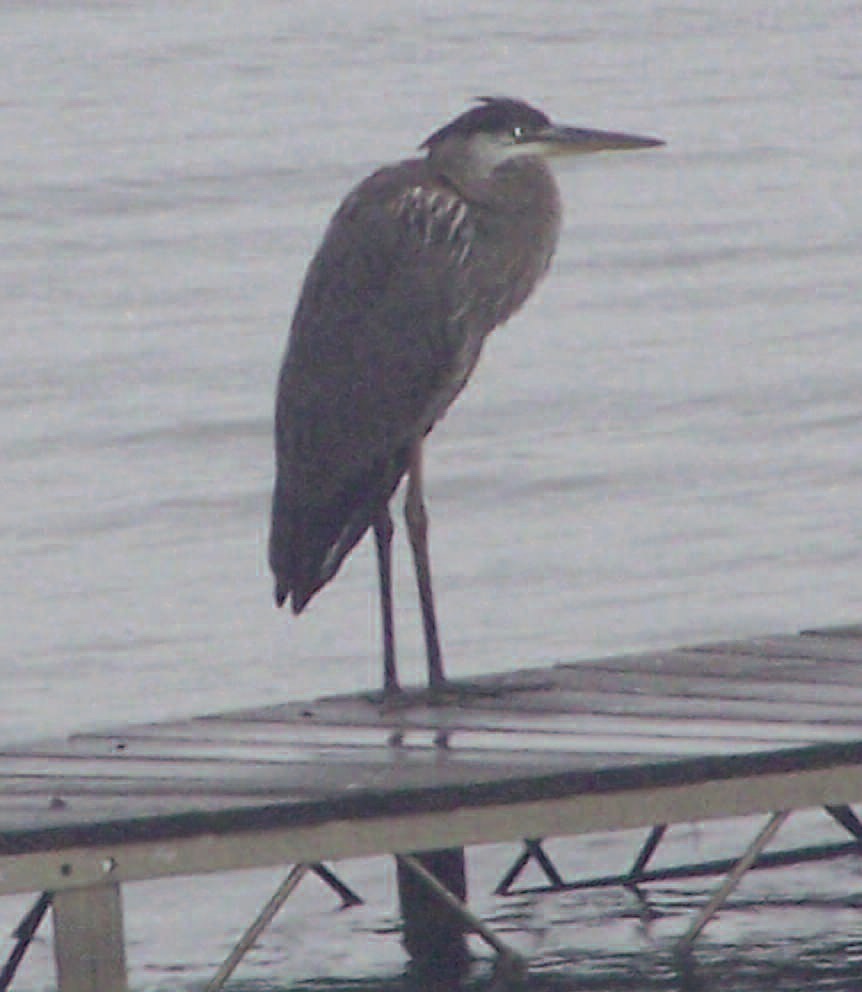

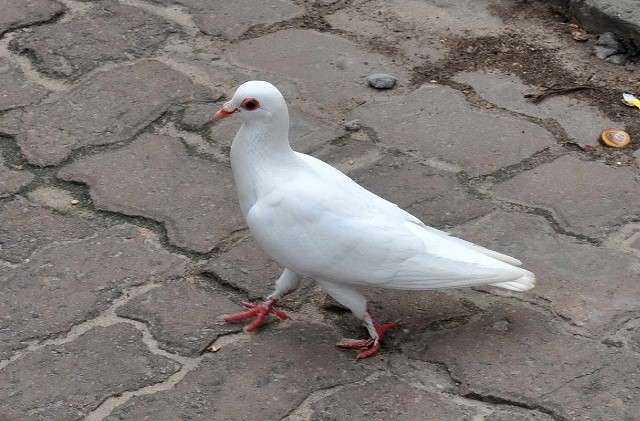

 But before we get into some of the reasons the bird is viewed in that light, let’s look at some general facts about the bird. Doves belong to the Columbidae family, which is the same family as the pigeons. They have a round and stout body, short neck and beak. They are excellent navigators, which also makes them capable of delivering messages. Apart from these traits, they are extremely popular, and are often associated with strong emotions.
But before we get into some of the reasons the bird is viewed in that light, let’s look at some general facts about the bird. Doves belong to the Columbidae family, which is the same family as the pigeons. They have a round and stout body, short neck and beak. They are excellent navigators, which also makes them capable of delivering messages. Apart from these traits, they are extremely popular, and are often associated with strong emotions.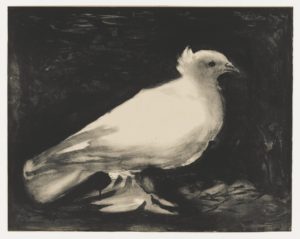
 REVIEW POTPOURRI
REVIEW POTPOURRI

